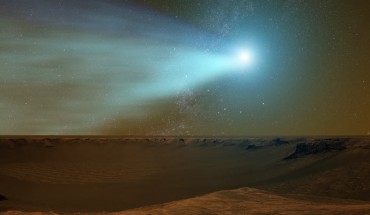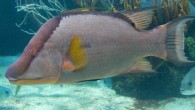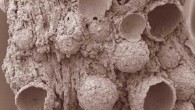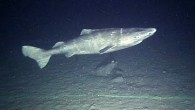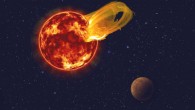The long-standing mystery of why comets give off X-ray emission has been solved by a group of experimental physicists led by the University of Oxford, UK. On October 19, 2014, Comet Siding Spring made a remarkably close encounter with Mars, buzzing the planet at just one third of the Earth-Moon distance. Image credit: NASA’s Goddard Space Flight Center. When comets travel through the Solar System they interact with the solar radiation, the solar...

